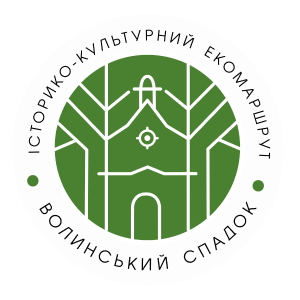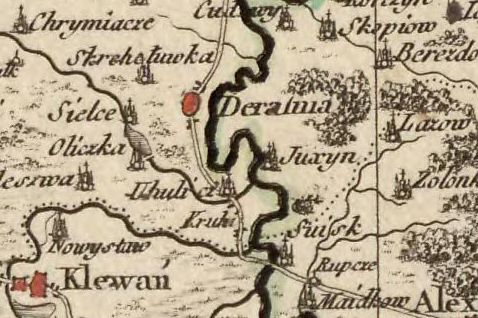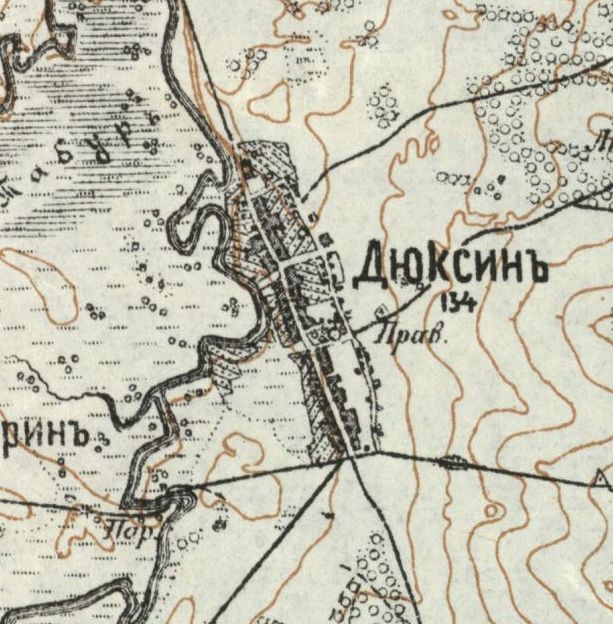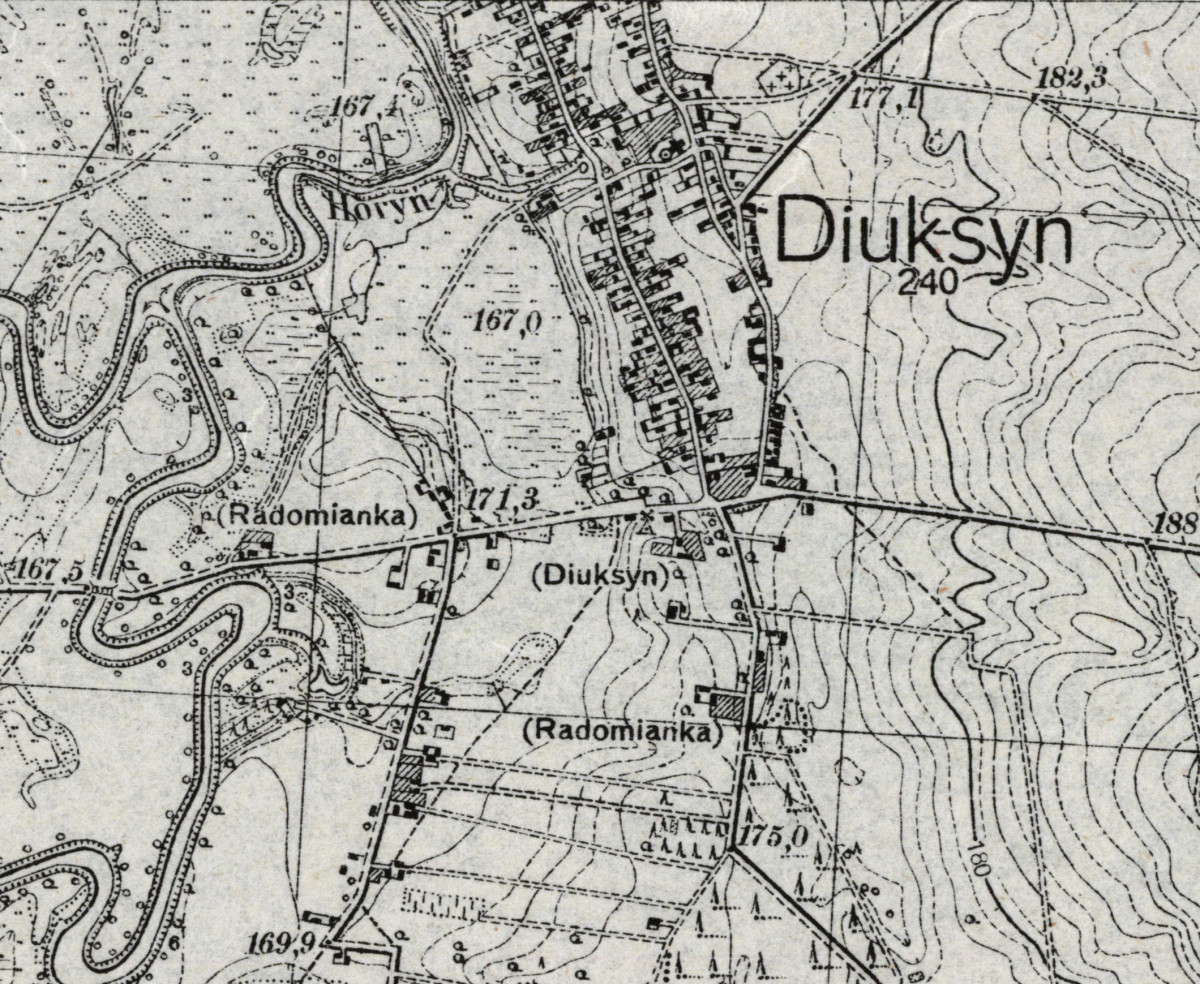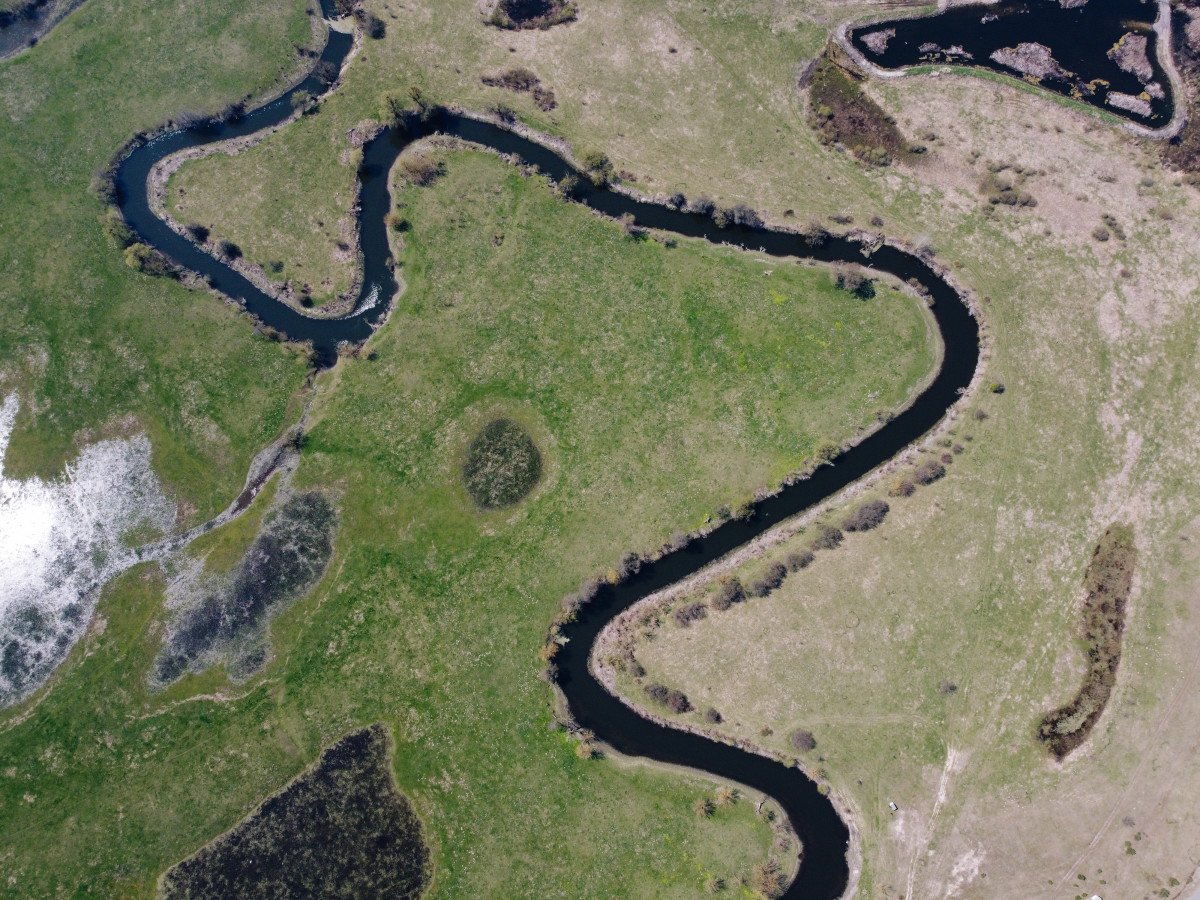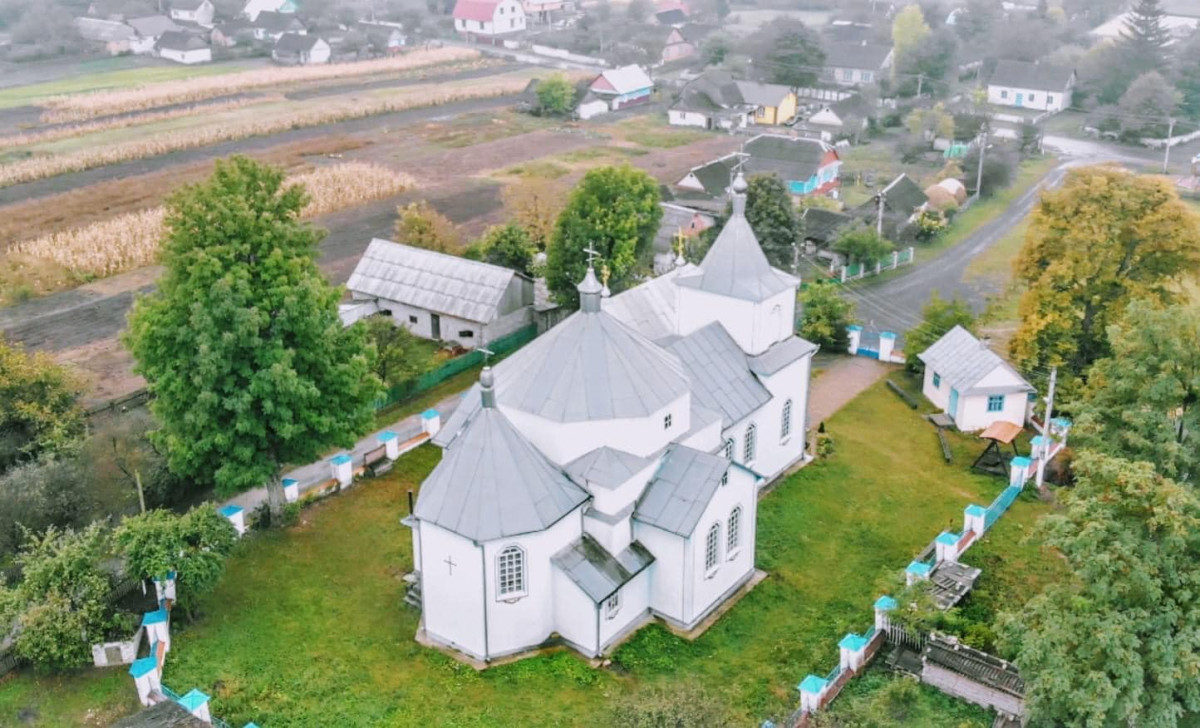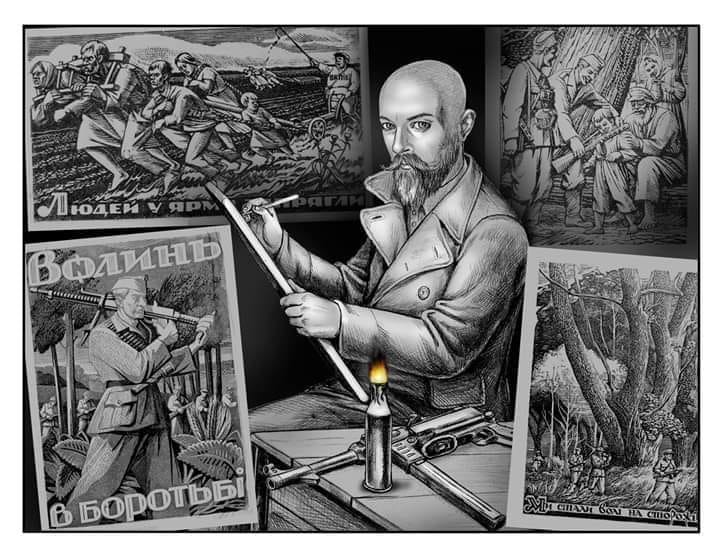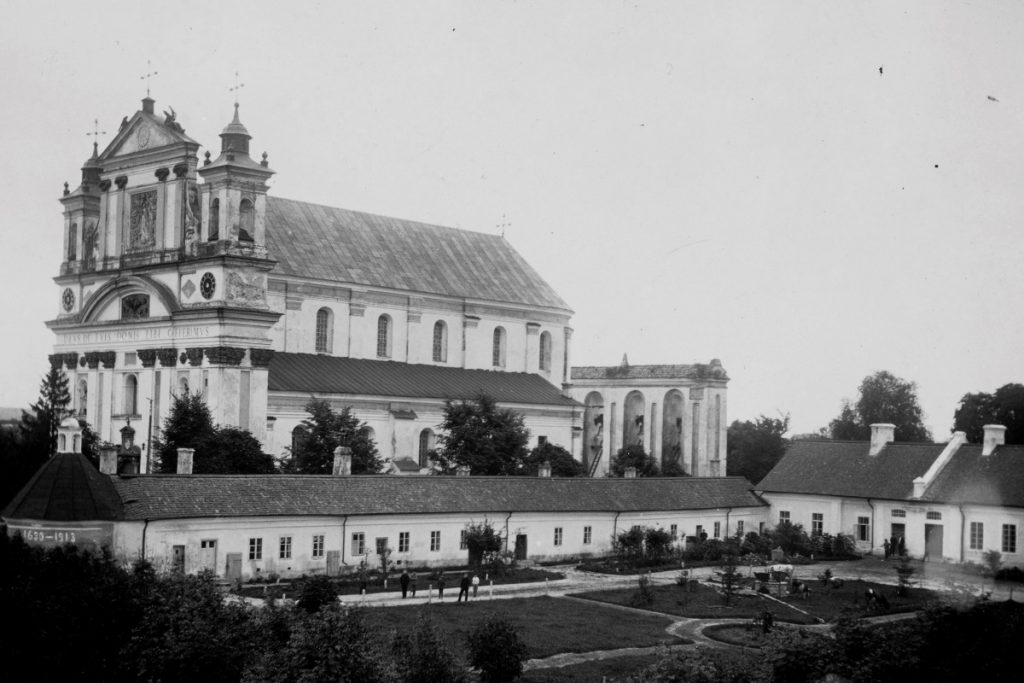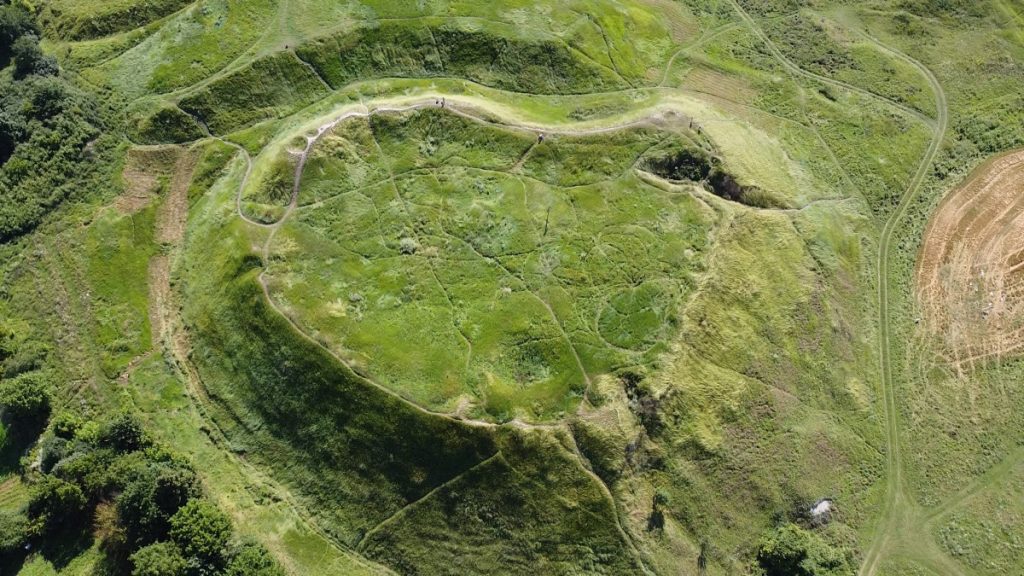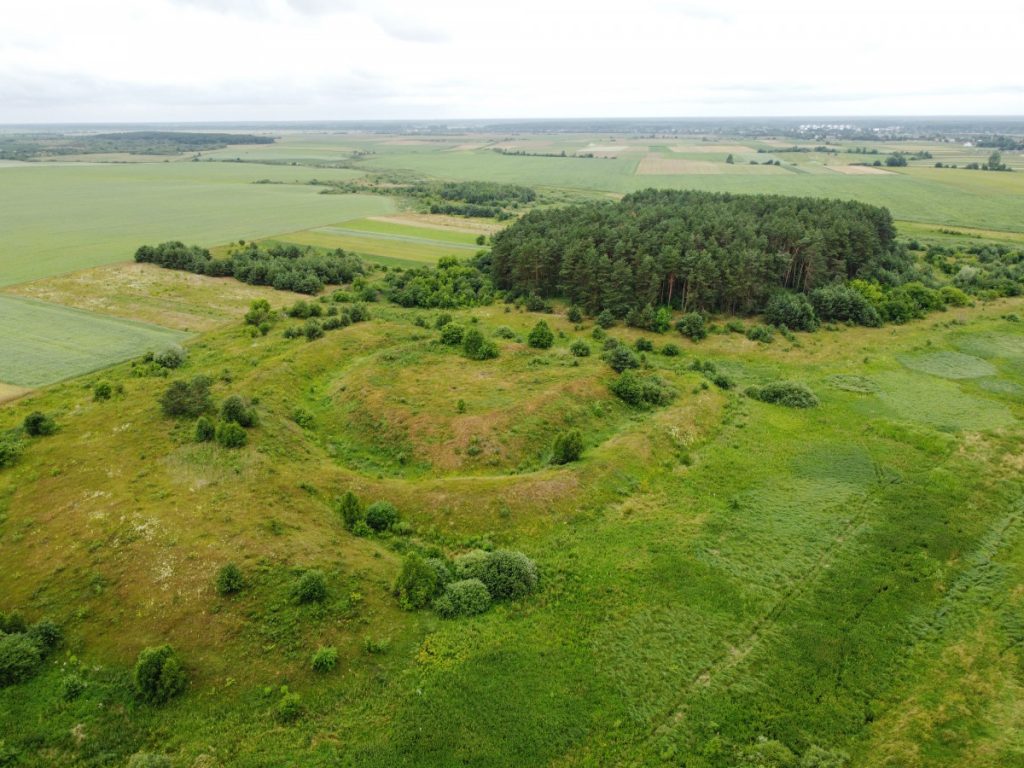The village is located on the right bank of the Horyn river.
It was first mentioned in documents dated 1535.
The name Diuksyn probably comes from the name of the founder of the settlement.
In written documents of the XVI century it was mentioned under the name Doksin of the Zhukiv parish, as the estate of Lutsk`s mayor Alexander Pronsky.
In 1577 the village passed to the Klevan volost of prince Ivan Czartoryski.
From ancient times the settlement was known for large forest raftings, which went to the Horyn, Pripyat and Dnieper.
During the Second World War, units of the Ukrainian Insurgent Army were active in the surrounding forests.
1943 was a tragic year for Diuksyn – on November 4, the village was burned to the ground by the Germans. About two hundred people died.
In 1905, a famous graphic artist, an active political and public figure of the Ukrainian liberation movement, Nil Khasevych was born in Diuksyn. He worked as a magistrate here for some time. A bust of this glorious countryman stands in the school yard and an exhibition of his reproductions works at the Duiksen school.
St. Michael’s Church, first mentioned in 1775, has been preserved in the village. It was built at the expense of locals and count Khodkevych, destroyed during the events of 1943, and rebuilt by peasants the following year.
There are a number of sites of local archeological significance around Duksin.
The village is home to 1217 people, it is a part of the Derazhne territorial community.
